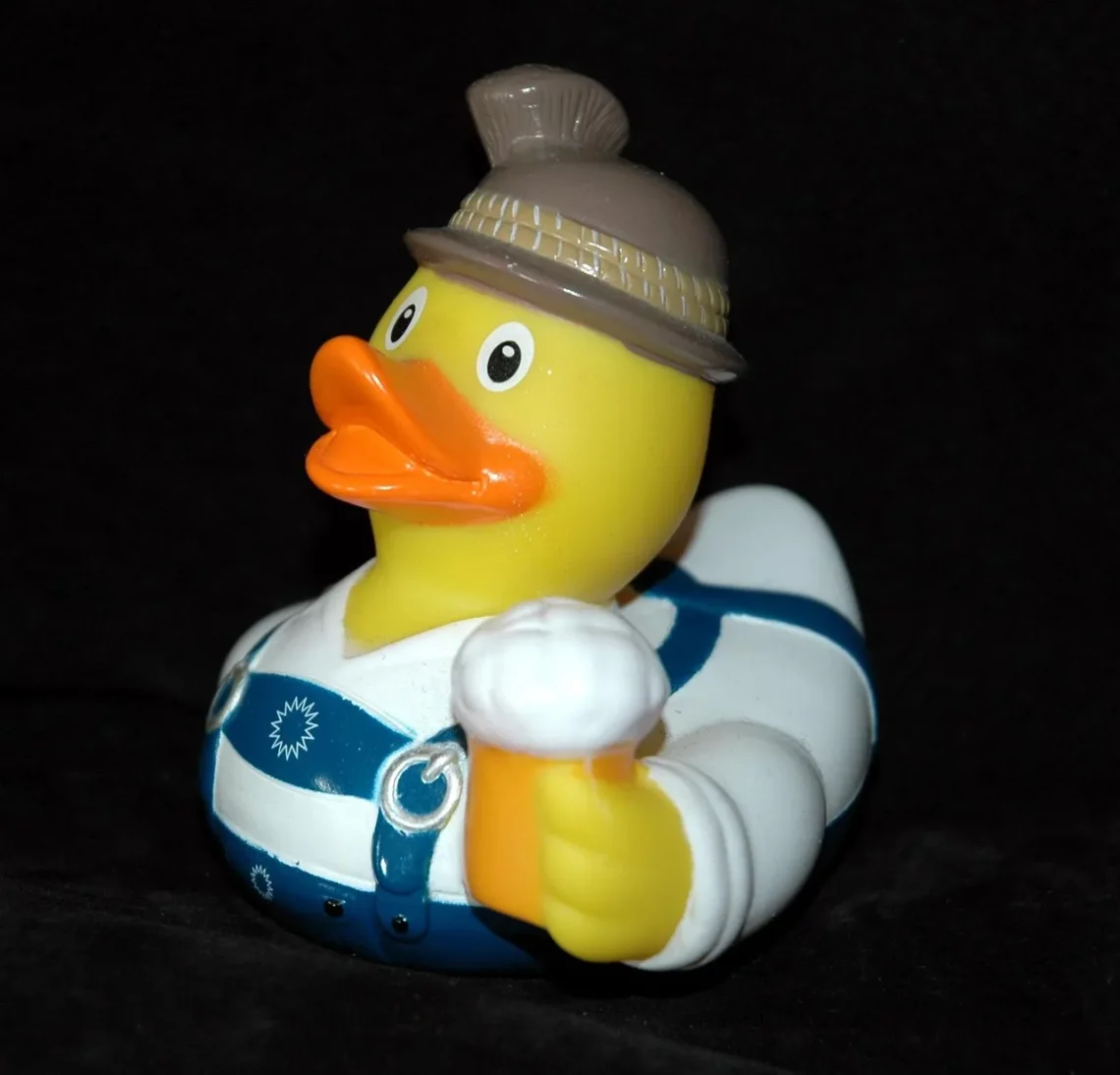
The Ultimate Guide to Choosing the Best Winter Running Pants
Winter running can be a refreshing yet challenging experience. As the temperatures drop and daylight hours diminish, many runners find themselves grappling with the elements. The right gear is essential for maintaining comfort and performance during cold weather runs. Among the most critical pieces of equipment are winter running pants. These garments not only provide warmth but also protect against wind, moisture, and cold temperatures.
Choosing the right pair of running pants can make all the difference in your overall experience. The wrong fit or material can lead to discomfort, chafing, or even injury. On the other hand, a well-chosen pair can enhance your performance, keep you warm, and allow you to enjoy your runs regardless of the weather outside. With so many options available, from thermal leggings to insulated pants, it can be overwhelming to make a choice. Understanding the various features and materials available will help you select the best winter running pants that cater to your specific needs and preferences.
Understanding Different Materials
When it comes to winter running pants, the choice of material is paramount. Different fabrics offer varying levels of insulation, breathability, and moisture-wicking properties. The most common materials used in winter running pants include polyester, nylon, and merino wool.
Polyester is a popular choice due to its lightweight nature and ability to wick moisture away from the body. It dries quickly, which is essential when you’re running in cold conditions where sweat can lead to chills. Many manufacturers enhance polyester with additional technologies, such as water-repellent coatings, making them ideal for light rain or snow.
Nylon, on the other hand, is known for its durability and wind resistance. While it may not wick moisture as effectively as polyester, it provides excellent protection against the elements. For those who live in particularly windy areas, nylon pants can be a fantastic choice to shield against the cold gusts.
Merino wool is another excellent option, particularly for those who prioritize warmth. This natural fiber provides exceptional insulation while managing moisture effectively. It retains heat even when wet and is naturally odor-resistant, making it a good choice for longer runs. However, it may not be as durable as synthetic options and can be more expensive.
Ultimately, the right material will depend on your local climate and personal preferences. Consider your running style and the conditions you typically face during winter months. A combination of materials may also be beneficial; for instance, pants with a polyester body and merino wool lining can offer the best of both worlds.
Fit and Comfort: Finding Your Perfect Pair
Fit is another critical factor to consider when selecting winter running pants. The wrong fit can lead to discomfort and distract you while running. Generally, winter running pants come in three main styles: tight-fitting leggings, loose-fitting joggers, and hybrid options that offer a blend of both.
Tight-fitting leggings, often referred to as compression pants, provide support to the muscles and can help improve circulation. They are designed to hug the body closely, reducing the risk of chafing. However, some runners may find them restrictive, especially if they prefer a looser fit.
Loose-fitting joggers offer more freedom of movement and can be more comfortable for some runners. They usually feature elastic waistbands and adjustable drawstrings, allowing for a customizable fit. However, the extra fabric can sometimes create drag, which may not be ideal for speed workouts.
Hybrid options combine elements of both styles, offering a fitted design around the thighs while allowing for a looser fit around the calves. This balance can provide the comfort and flexibility that many runners seek. When trying on winter running pants, consider wearing the types of base layers you will typically wear underneath. This will help you gauge the fit more accurately.
Additionally, pay attention to the waistband. A comfortable waistband should sit snugly without digging into your skin. Some pants also come with built-in pockets, which can be useful for carrying small items like keys or nutrition during longer runs.
Insulation and Weather Resistance
As temperatures drop, insulation becomes increasingly important. Different winter running pants offer varying levels of insulation to keep you warm during your runs. Some options include lightweight thermal pants, while others may feature thicker insulation for extreme cold.
Lightweight thermal running pants are designed for milder temperatures. They provide enough warmth for brisk outings without overheating you during more intense workouts. These pants usually incorporate technologies to enhance breathability, ensuring that you stay dry and comfortable.
For colder climates, look for pants with thicker insulation or additional features such as fleece linings. Fleece-lined pants offer extra warmth while maintaining breathability, making them ideal for long runs in frigid conditions. However, be cautious of overly insulated pants that may trap too much heat, leading to discomfort.
Weather resistance is another critical feature to consider. Windproof and water-resistant pants can significantly improve your comfort level when facing harsh elements. Look for pants with water-repellent coatings or seam-sealed construction to keep moisture at bay.
In addition to the fabric, consider the design of the pants. Features such as elastic cuffs or adjustable hems can help prevent cold air from entering, while reflective details can enhance visibility during shorter daylight hours.
Style and Functionality: Choosing the Right Design
While functionality should always take precedence, style is also an important factor when selecting winter running pants. The right design can boost your confidence and motivation to step out into the cold.
Winter running pants come in various colors and patterns, allowing you to express your personality while staying functional. Neutral colors, such as black or gray, are versatile and can easily be paired with other running gear. However, brighter colors can improve visibility, which is especially beneficial during low-light conditions.
Consider also the presence of pockets and other functional features. Some pants include zippered pockets for secure storage, while others may have mesh panels for added ventilation. Reflective elements are crucial for safety in low-light conditions, so look for pants that incorporate these features.
Additionally, consider the versatility of the pants. Some designs can transition seamlessly from running to casual outings, allowing you to wear them beyond just your workout. This can be particularly useful for those who prefer to run before or after work.
In conclusion, selecting the best winter running pants involves careful consideration of materials, fit, insulation, and design. By understanding your individual needs and preferences, you can find a suitable pair that enhances your winter running experience.
Remember, investing in the right gear is an investment in your health and well-being. Make sure to prioritize comfort and functionality, and don’t hesitate to try different styles to find what works best for you.
**Disclaimer:** This article does not constitute medical advice. Always consult with a healthcare professional for any health-related questions or concerns.




